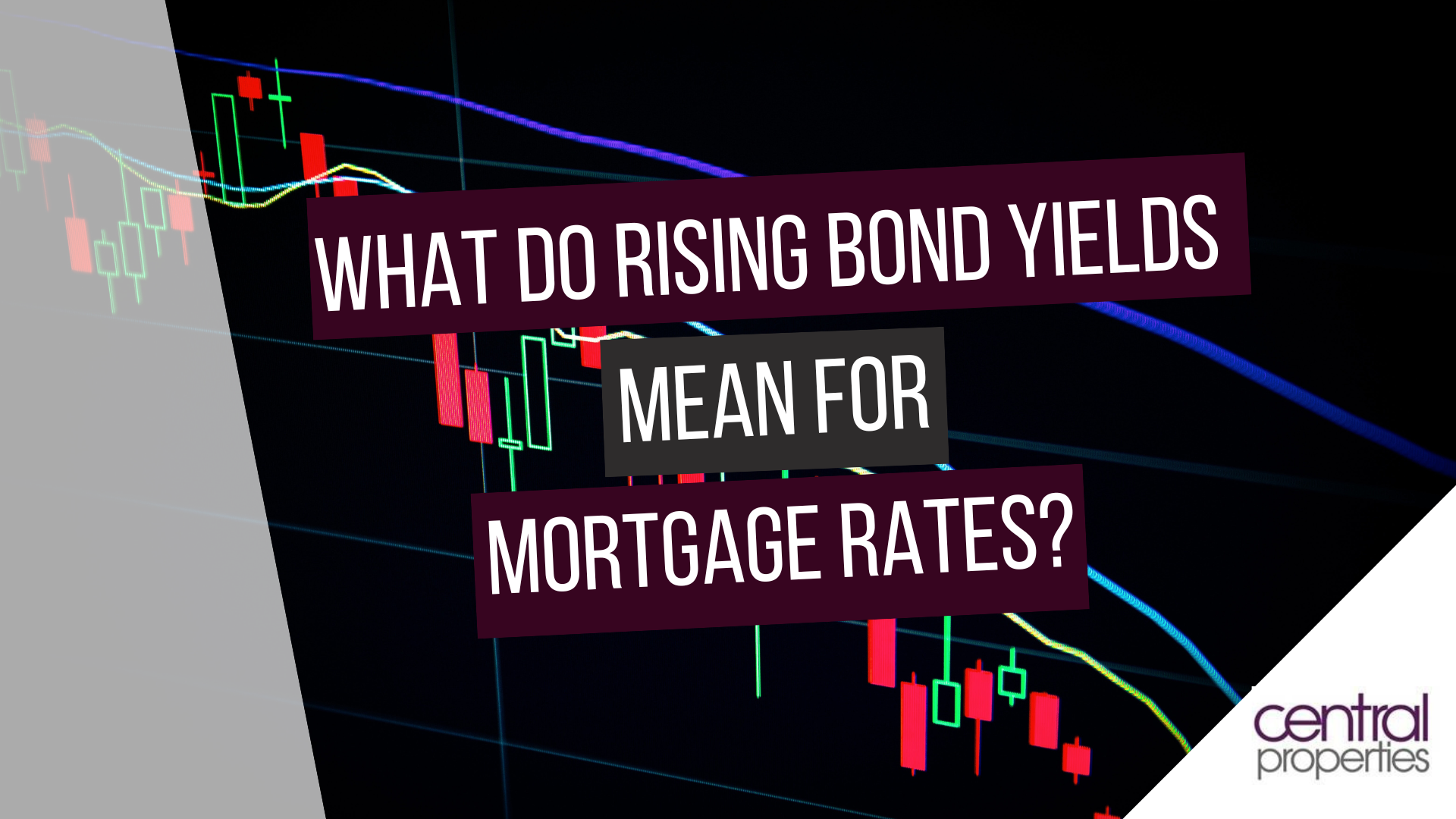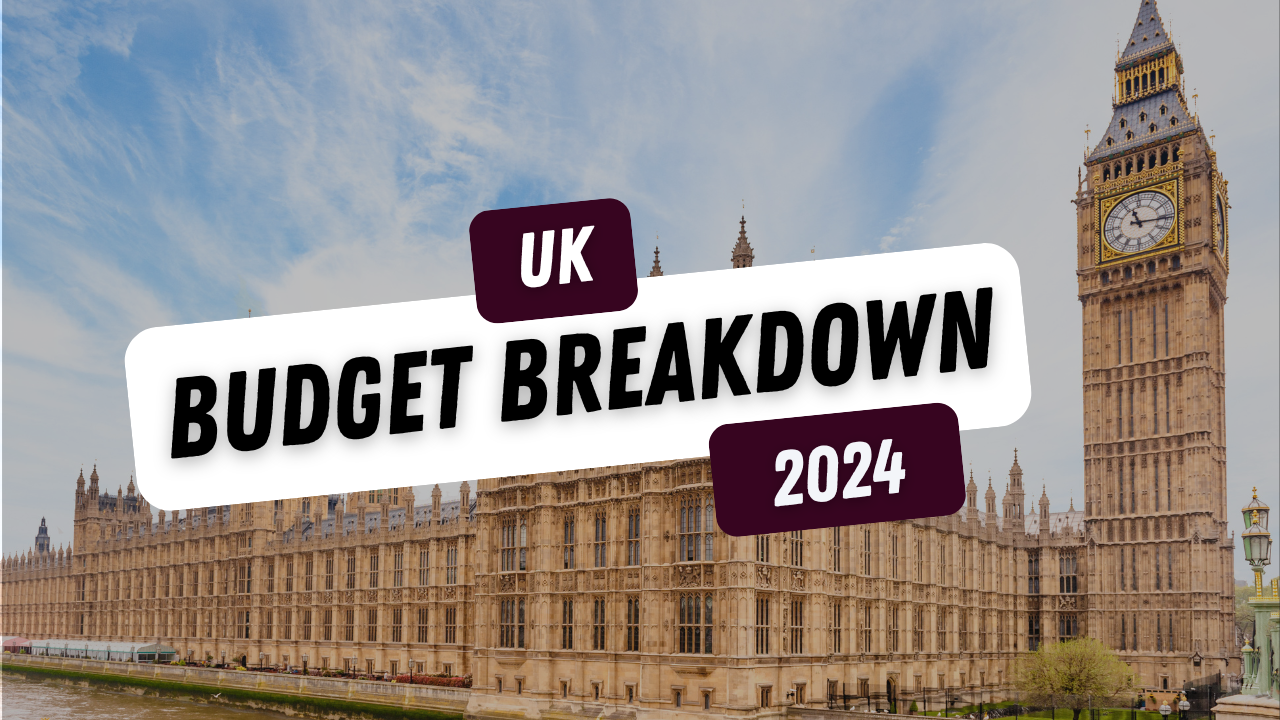
Mortgage rates are closely aligned to bond yields, in particular the 10 year bond, but why?
Bonds and mortgages are both fixed income investment assets.
When bond yields rise or fall, we're likely to see a corresponding change in mortgage rates because both represent the interest cost of borrowing money.
A government bond (or gilt in the UK) is debt issued by a government to support their spending and obligations. They are held as some of the safest investment assets across the financial markets because the issuing government backs them.
Mortgages are also fixed income investments, created by banks and lenders who either retain them for duration of the term, or sell them to third parties incl. pension funds etc.
When taking out a mortgage over an agreed number of years you pay interest on the amount borrowed.
At the end of that loan, you will have paid off the principal plus an extra amount of interest (unless interest only mortgage).
The reverse is applicable with a bond. Instead of borrowing the money, you are acting as lender of money to the government for an agreed period of time, who will pay you regular interest payments for the duration with principal repaid on bond expiry.
The bond market sets the tone for an economy's borrowing costs, and mortgages are closely linked to 10-year gilt/treasury.
If a 10-year bond increases – its likely mortgage rates will follow alongside it.
If base rates increase, bond yields are likely to increase.
Bond yields also increase when investors lose confidence in a country's economy, as there's less demand to own them (driving down the price and increasing yield). Just look at the 10 yr gilt after the emergency mini budget in mid-September:
This is why its important to watch the bond market response to domestic policy and geopolitical events.
It gives good indication where future of economy will be, positive or negative, but also where we can forecast mortgage rates to be in the near future.

















